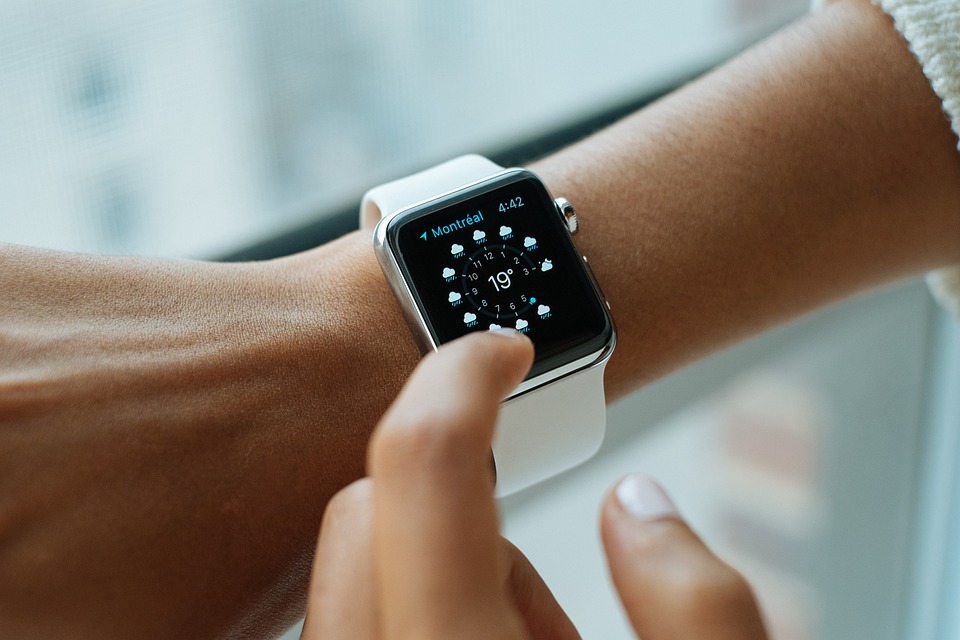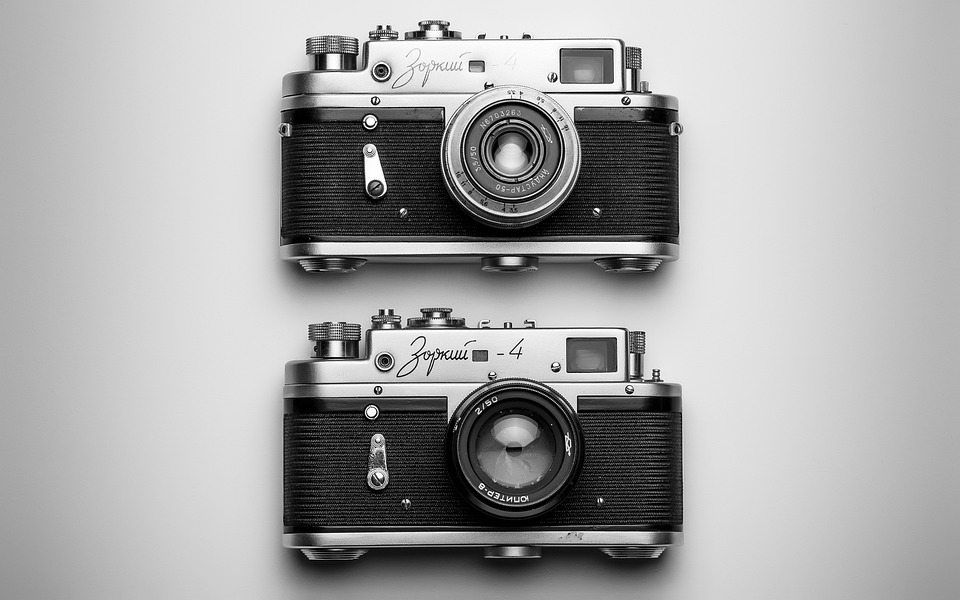
Design technology has been present for centuries, but its impact on our lives has significantly grown in recent decades. From computers to 3D printing, design technology has revolutionized how we create, build, and interact with the world. As technology continues to advance, the possibilities for design technology to shape a better future are endless.
Design technology has the power to transform how we live, work, and play. By leveraging the latest technological advancements, we can develop products and services that are more efficient, cost-effective, and environmentally friendly. Take 3D printing, for instance. It enables us to produce items with intricate details and complex designs that were previously impossible with traditional manufacturing methods. Moreover, this technology allows for shorter production time, reducing waste and enabling faster market delivery.
Another area where design technology shines is in creating sustainable and efficient buildings. By utilizing cutting-edge materials and construction techniques, we can construct structures that are energy-efficient and require minimal maintenance. This helps to reduce our carbon footprint and contribute to a more sustainable future. Additionally, design technology can build smarter cities equipped with sensors and other technologies to optimize resource management and minimize our environmental impact.
Design technology also has the potential to drastically improve healthcare systems. Utilizing the latest medical advancements, we can create more efficient and cost-effective healthcare systems. This has the potential to lower healthcare costs and improve accessibility for all. Furthermore, design technology can personalize treatments and therapies to cater to the specific needs of each patient, enhancing overall care and outcomes.
In the realm of education, design technology offers avenues for improved efficiency and effectiveness. By harnessing the latest technological tools, we can create interactive and engaging educational systems that enable students to learn more efficiently. Additionally, design technology allows for personalized learning experiences, enabling students to learn at their own pace and in ways that best suit their individual needs.
Design technology has the power to revolutionize our lives. By leveraging the latest advancements, we can create products and services that are efficient, cost-effective, and sustainable. Furthermore, design technology can contribute to smarter cities, better healthcare systems, and more effective educational environments. By embracing the possibilities offered by design technology, we can work towards building a better future for ourselves and generations to come.




